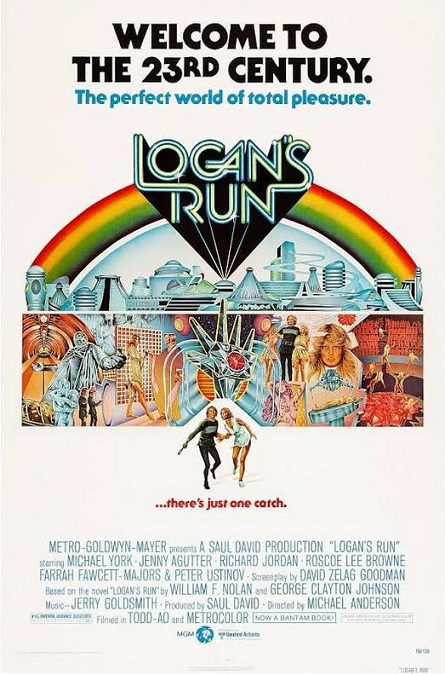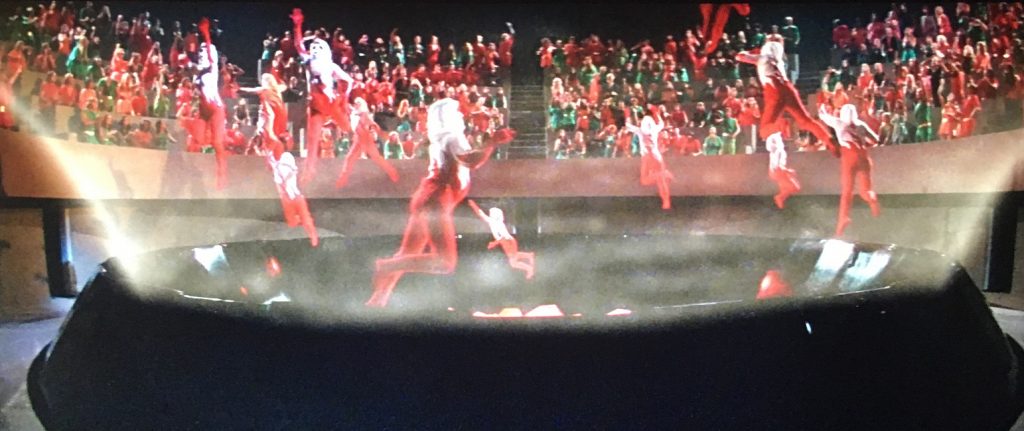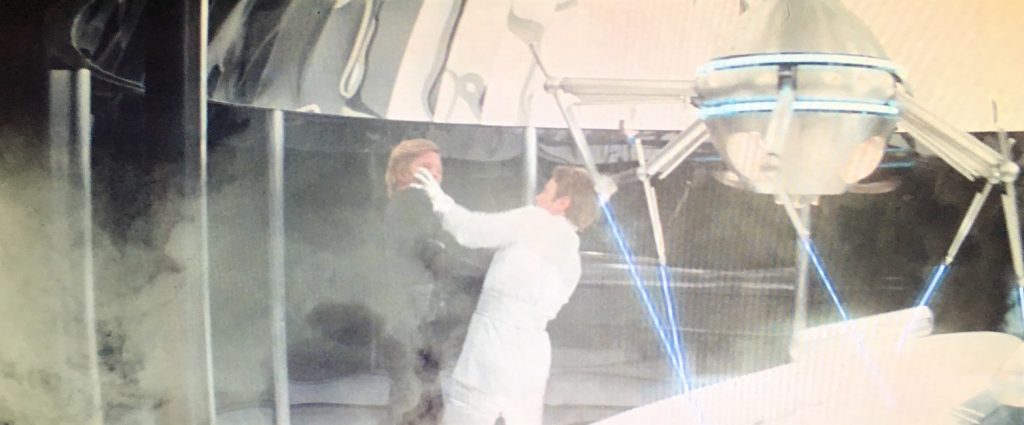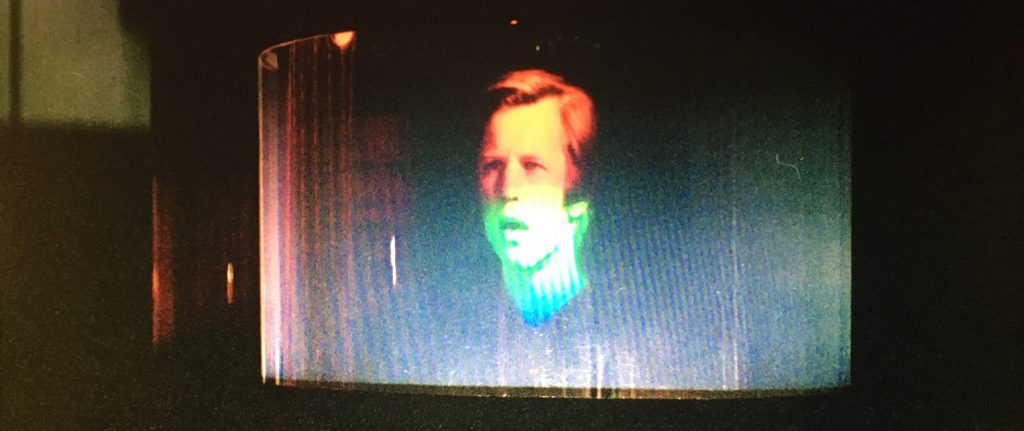



Logan’s Run – 1976 (WINNER)

This movie and its counterpart had the distinction of having to share the Best Special Effects award at the Oscars with each other. But I’ll be honest. I thought Logan’s Run got gypped. Its effects, its consistence of quality, far surpassed the other movie. Unfortunately, King Kong was just such a spectacle that the Academy couldn’t ignore it. But I’ll also say that Logan’s Run was a film that had a more campy feel to it, based solely on the fact that as the world was firmly moving towards the 80s, its aesthetics were solidly stuck in the 70s.
But that being said, the special effects, while not perfect, were certainly using new and innovative technologies that audiences had never seen before. They were visually interesting and capture the imagination, even by today’s standards. There were those things that were awesome, but there were also a few things that looked really bad, or worse, cheesy. I’ll start off with them, since there are fewer of them and they are easily forgivable.
Special effects artists L.B. Abbott and Glen Robinson said that the most difficult part of the film to portray was the floating people in the “Carousel” sequence. Maybe this scene was never meant to be viewed on an HD TV screen because I could see many of the wires holding the actors in the air. And then there was the character of Box. Again, good try, guys, but I could see the actor’s mouth moving inside the metallic robot mask. Very poorly done, but still entertaining to watch.
But those were just two bad effects. The good ones were pretty cool, and must have been awesome on the big screen in the 70s. They used actual lasers, which were a pretty new concept that was brought to reality. They were in the scene where Logan goes to a plastic surgery center, and the spider-like contraption above the hospital bed used the laser beams like scalpels. I don’t remember ever seeing anything like that in any other previous Best Special Effects nominee.
Next, I have to mention the use of the holograms in the pre-climactic scene near the end of the film. It was the mid-70s! How many people in the movie going public had ever actually seen a real three-dimensional hologram? How many people even knew what they were? The technology was all so new, and I was properly impressed! In other words, this film was really on the cutting edge of the current technologies of the day, trying to give the viewers a glimpse of a futuristic society, in which these things would surely be commonplace.
And lest I forget, the matte-paintings were pretty darn good. The great halls and vast futuristic city-scapes inside the dome, and the partially grown-over city of Washington D.C. were both very well placed and masterfully executed. They tried to create a utopian society on the inside, and a dystopian wilderness on the outside, and I think they succeeded. But I don’t think the film could ever be called timeless because it looked too much like a product of the 70s. Honestly, I think this movie is due for a remake.